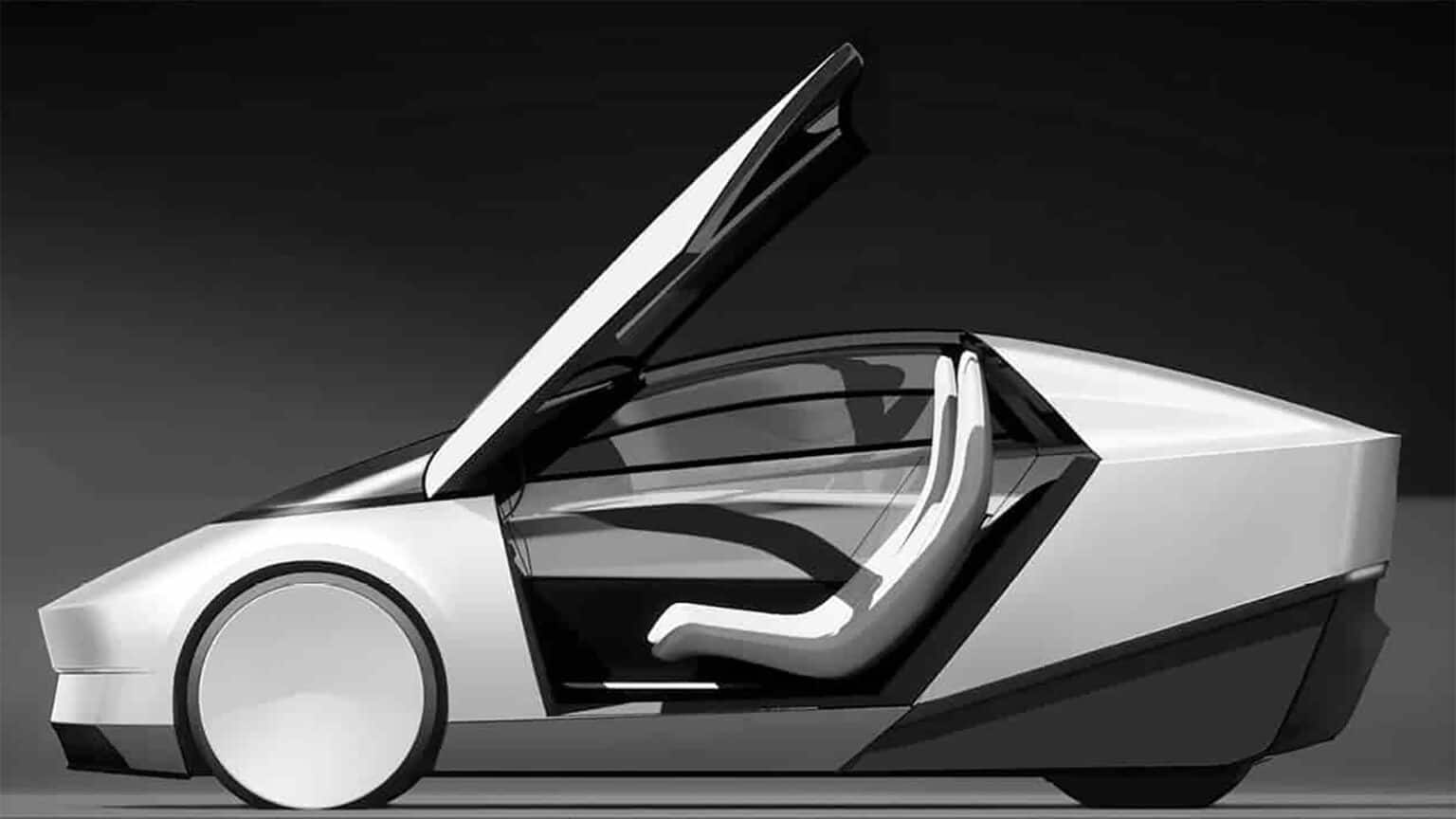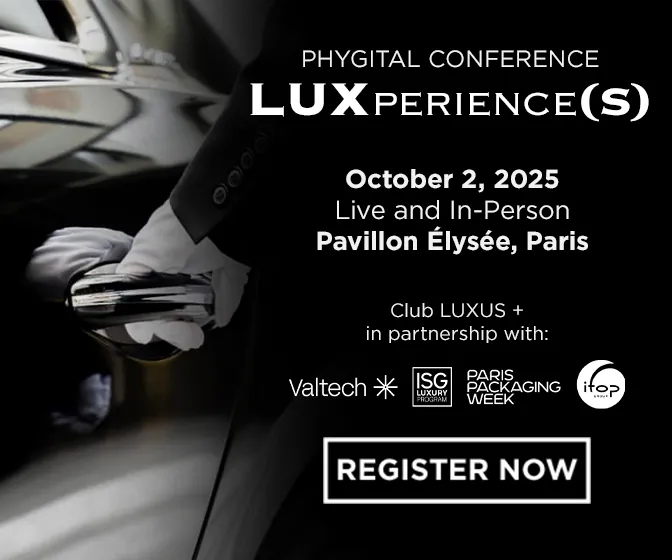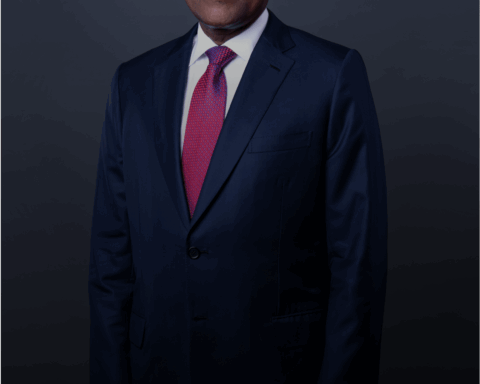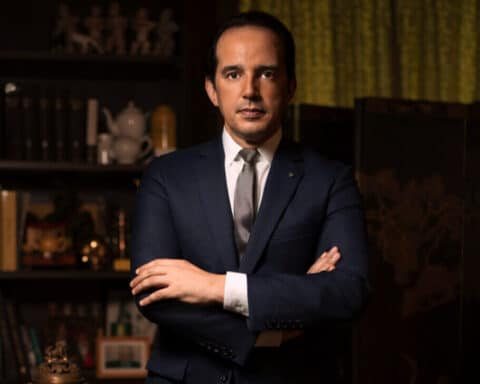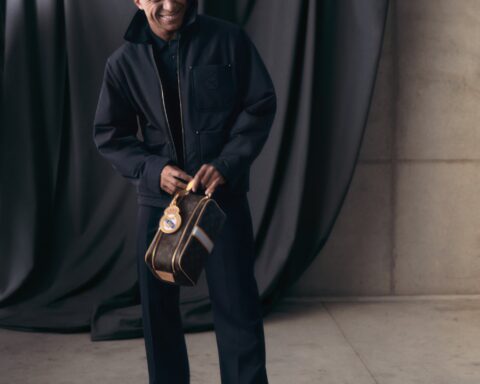Elon Musk is back in the news with his Tesla Robotaxi. This new cab service based on autonomous cars is accumulating delays and seeing its delivery date pushed back to next October. But what is this latest-generation technology promised by the whimsical businessman?
Never short of announcement effects, the boss of Tesla and SpaceX, among others, created a surprise with his announcement of the Robotaxi in 2019 at Tesla’s famous Autonomy Day. That year, Elon Musk presented the robotaxi as the Austin-based company’s first 100% autonomous car.
Initially scheduled for 2020, before being pushed back to 2024, the reveal date was set for August 8. A major event at a time when the company is experiencing increasing difficulties and its last automotive innovation dates back to November 2019 with the Cybertruck. However, Elon Musk finally postponed the presentation of the long-awaited model until Thursday October 10th.
A long-standing project
Although the project codenamed “Robotaxi” was first mentioned publicly by Elon Musk in 2019, its genesis dates back to 2016 and the Master Plan part. 2, which involved integrating fully autonomous driving (FSD ) into conventional Tesla models.
This plan already contained an “Autonomy” section, particularly concerning its “autopilot” function, and began as follows: “As technology evolves, all Tesla vehicles will be equipped with the necessary hardware to be fully autonomous, with fail-safe capability, meaning that any system in the car can fail and the car will continue to drive safely.”
As for why Elon Musk is interested in autonomous driving, he cites “when used correctly, it is already much safer than a person driving alone and that it would therefore be morally reprehensible to delay its launch for fear of bad press or a mercenary calculation of legal liability.”
In 2019, the Robotaxi makes its presence felt with a sobering anticipation: the Canadian billionaire is counting on 1 million models on the road (then in the form of Tesla Model 3s) by the following year. The idea is to build a mass transit service based on the Tesla fleet and the cars of certain Tesla owners.
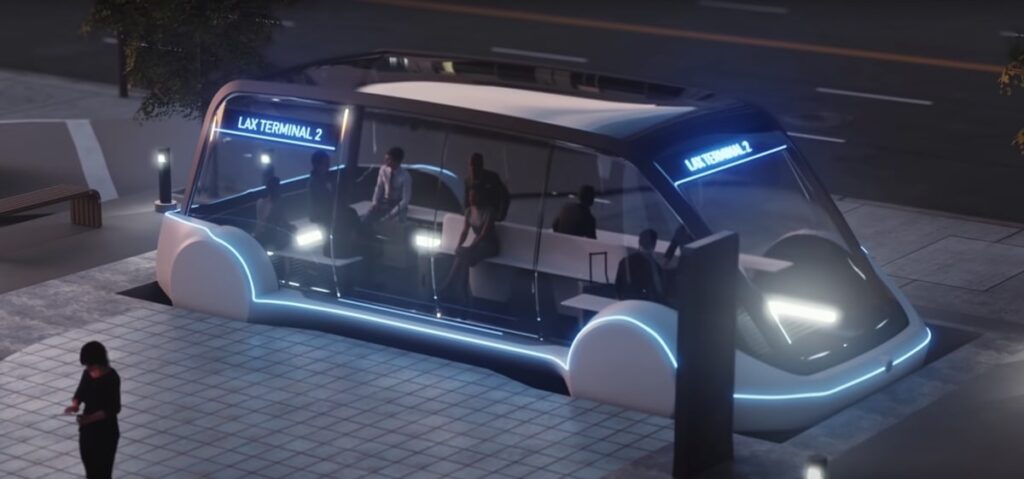
In 2022, Elon Musk was his usual dithyrambic self, promising his investors in the Tesla Cyber Rodeo room a Level 5 driving capability, in other words, one that dispensed with all human intervention and was described under theacronym FSD.
The announcement was made in the context of Tesla’s cyber truck electric pick-up, its humanoid Optimus and its advances in artificial intelligence (foreshadowing the Xai entrepreneurial adventure).
A true technological feat, this autonomous robotaxi driving based on artificial intelligence is described as efficient “ whatever the type of journey and traffic conditions.”
The dashing CEO does not fail to share the various obstacles encountered in developing such a project, in particular the fact that road infrastructure is above all “designed for human drivers with biological brains and eyes”. His ambition is therefore to “develop neural networks and cameras capable of surpassing human faculties.”
Still in 2022, Elon Musk gives some hints as to the project’s retroplanning, with mass production scheduled for 2024.
Two years later, we hear a different story: the driver assistance system has turned out to be a level 2 FSD system, just out of beta, in other words, requiring human supervision.
Likewise, the initial project, which was essentially based oncar-sharing using a network of volunteer Tesla car owners to earn money, seems to have been abandoned.
With or without a steering wheel?
The anticipation of Tesla’s reveal is all the more palpable on the investor side, as the carmaker is facing a “perfect storm ” of increasingly fierce competition, falling sales, low prices, cascading redundancies and particularly high turnover. Tesla’s share price has fallen by 40% since the beginning of the year.
What’s more, the most recent visual available on the web is a simple rough (industrial drawing of a concept car) whose design, touted by Musk as “futuristic”, is furiously reminiscent of the geometric shape of a cybertruck.
The drawing, which has since been widely circulated on social networks, is in fact taken from the biography of Elon Musk by Walter Isaacson, issued during the autumn 2023 (who also wrote the best-selling book about Apple boss Steve Jobs).
Although Elon Musk isn’t renowned for the punctuality of his deadlines, it’s fair to say that he’s capable of fuelling the most passionate conversations. For example, the big debate on the web about the robotaxi is whether the project presented as having “neither steering wheel nor pedals” is possible. Tesla’s CEO did not specify whether the version presented in October will be “with or without steering wheel”, but according to many tech media, the question is far from being as anecdotal as it seems.
Some aficionados of the Canadian brand have even gone so far as to decipher Elon Musk’s thinking, to find out whether, like Swiftie – an inveterate fan of the career and world of singer Taylor Swift – there might not be a hidden meaning in the words of the boss of the Austin firm. However, Elon Musk chose the right moment to deny the rumor that production of the $25,000 Tesla known as the Model 2 had been halted, as some Internet users considered the robotaxi and the 25K Tesla to be one and the same project. This was evidenced by the announcement that the platform producing the robotaxi would be shared with the more affordable Tesla Model.
In May, to encourage shareholders to vote in favor of a $55 billion compensation plan, Tesla released a video on X of what the interior of the future robotaxi might look like. It shows an interior close to the industrial design circulating until then: a two-seater vehicle with a central screen. The seats seem to be closer to those found in public transport than in conventional Tesla models.
As Bloomberg reports, the postponement of this presentation for a further two months should enable Tesla to manufacture more prototypes, while making the necessary technical and aesthetic modifications to reassure shareholders.
Although it’s too early to say whether Tesla’s robotaxi will revolutionize the future of transport, or whether the model on the road will allow people to sleep in the passenger compartment, or even herald the emergence of offices on wheels, autonomous driving is attracting more and more competitors. The vehicle model developed by Waymo is already on the road.
Read also > AI’s revenge: how Elon Musk wants to dethrone Microsoft and Open AI
Featured Photo: © Tesla




